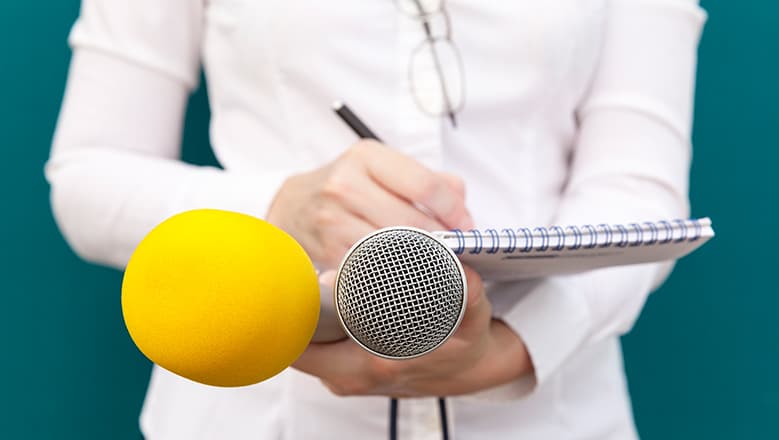This is your brain on art
Senior Consultant and Bladonmore’s resident presentation coaching expert Sandra Davis considers what happens to our brains ‘on art’.
Back in September, the Washington Post published a special report on the science of the arts.
The presentation looked closely at one storytelling medium — the ballet — using modern neuroscience to explain what happens to our brains ‘on art’.
At Bladonmore, we call it the Art and Science of Storytelling. It’s something we’ve been talking about for a while now…
The Art and Science of Storytelling
Narratives give better context to a situation. They have a setting, characters, and a beginning, middle and end, all of which allow us to understand the information we are receiving in multiple dimensions.
More importantly, they create connections — and it’s those connections that endure within our memory long after the story has ended.
“When we experience art, we feel connected to something larger”
Why? Because, the human race is a highly social species. We like to surround ourselves with friends and share our personal experiences with others. “We love to be entertained in a crowd.”
The development of the ‘social brain’ is an evolutionary imperative. We’re keenly attuned to the actions of other people, and learn from them by imitation. The cues we get from those around us help us make sense of our surroundings, which offers a defence mechanism against any number of hazards.
Our brains also are also keenly attuned to other peoples’ emotions. Empathy helps us make sense of human behaviour, which allows us to engage with others logically as well as emotionally. It’s how we maintain relationships with individuals as well as groups.
“Movement is irresistible”
Our brains are highly stimulated by body language, facial expression and gestures. It’s thought as much as half of our communication is conveyed by expression and movement. It’s why we focus so closely on helping our clients present with their whole bodies.
When we see people move with emotion — like a dancer bounding joyfully across the stage — we’re not just visually stimulated; we feel it in our own bodies. Scientists call it Mirror System theory: our brain mimics other people’s action through our somatosensory system, and we feel the sensation through our body.
“The logic of art is a neural turn-on”
Swan Lake is a great example of how colour contrast tells a story of conflict. The stark juxtaposition of Odette in white against Odile in black indicates theirs is an antagonistic relationship without need for any additional context.
Modern neuroscience affords us a unique insight into exactly how we persuade each other of our arguments, influence opinions, and engage emotionally as well as logically. We draw upon our deep expertise in these areas to deliver presentation coaching that helps our clients communicate effectively to their audiences — in any medium.
Read the article, ‘This is your brain on art’, published 18th September 2017 by the Washington Post.





